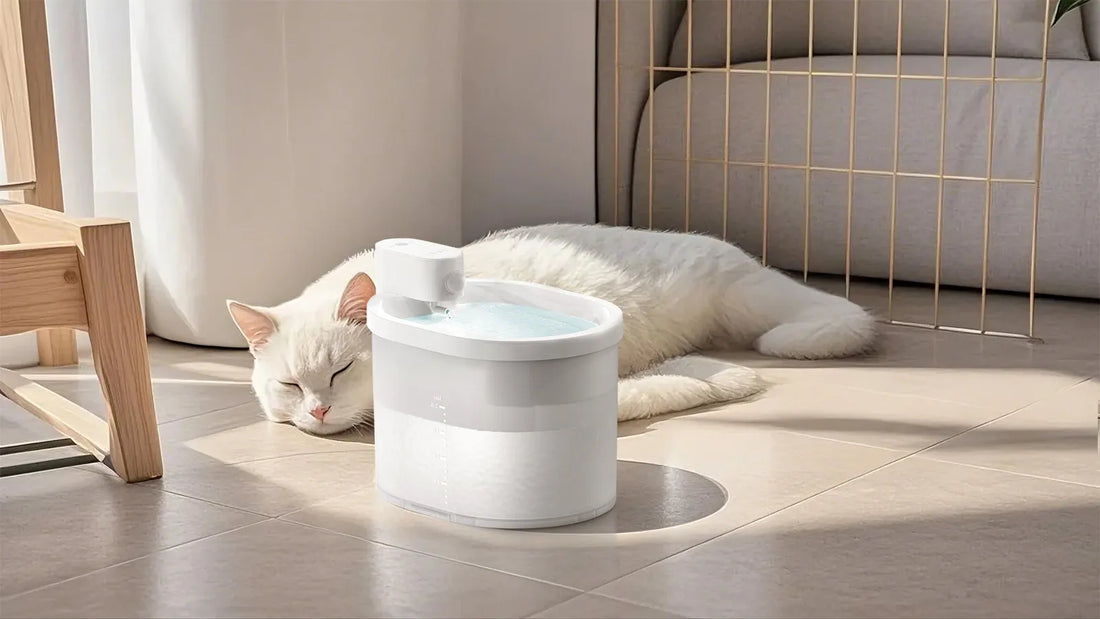It’s a scenario that can send any pet owner into a panic: my dog ate Play-Doh. Whether your furry friend got into your child’s arts and crafts supplies or found a stray piece on the floor, it’s important to act quickly and know what to do next. Play-Doh, while non-toxic, can pose risks to your dog’s health depending on the amount ingested and the ingredients involved. This article will guide you through the steps to take, the potential dangers, and how to prevent this from happening again.
Understanding the Composition of Play-Doh
Play-Doh is primarily made from water, salt, flour, and other non-toxic ingredients. While it’s designed to be safe for children, it’s not formulated for canine consumption. The high salt content in Play-Doh can be particularly concerning for dogs. Salt toxicity, or hypernatremia, can occur if your dog ingests a large amount of Play-Doh. Symptoms of salt toxicity include vomiting, diarrhea, lethargy, and in severe cases, seizures or even death.
Immediate Steps to Take if Your Dog Ate Play-Doh
If you catch your dog in the act or notice that they’ve eaten Play-Doh, the first step is to remain calm. Assess the situation by determining how much Play-Doh your dog has consumed. If it’s a small amount, your dog may not experience any adverse effects. However, if a significant quantity has been ingested, it’s crucial to act quickly.
Contact your veterinarian immediately for advice. They may recommend inducing vomiting, but this should only be done under professional guidance. Do not attempt to induce vomiting without consulting a vet, as it can sometimes cause more harm than good. Your vet may also suggest monitoring your dog for symptoms or bringing them in for an examination.
Potential Health Risks of Ingesting Play-Doh
While Play-Doh is generally considered non-toxic, it can still pose several health risks to your dog. The high salt content is the primary concern, as it can lead to dehydration, electrolyte imbalances, and salt toxicity. Additionally, the doughy texture of Play-Doh can cause gastrointestinal blockages, especially in smaller dogs. If your dog shows signs of abdominal pain, vomiting, or difficulty defecating, seek veterinary care immediately.
Another risk is the potential for Play-Doh to contain harmful additives or contaminants. Some varieties of modeling dough may include glitter, dyes, or other substances that could be toxic to dogs. Always check the ingredients list if possible and inform your vet of any additional substances your dog may have ingested.
How to Prevent Your Dog from Eating Play-Doh
Prevention is always better than cure, and there are several steps you can take to ensure your dog doesn’t get into Play-Doh or other potentially harmful substances. First, store Play-Doh and similar materials in a secure location that’s out of your dog’s reach. Consider using child-proof containers or cabinets to keep these items safe.
Supervision is also key. If your children are playing with Play-Doh, make sure your dog is not in the same area or is closely monitored. Teach your children the importance of keeping their toys and art supplies away from the family pet. Additionally, provide your dog with plenty of safe chew toys and activities to keep them occupied and less likely to seek out inappropriate items to chew on.
When to Seek Veterinary Care
If your dog has ingested Play-Doh, it’s important to know when to seek veterinary care. Even if your dog seems fine initially, symptoms of salt toxicity or gastrointestinal blockages can develop hours or even days later. Keep a close eye on your dog for any changes in behavior, appetite, or bathroom habits.
Seek immediate veterinary attention if your dog shows signs of distress, such as excessive vomiting, diarrhea, lethargy, or difficulty breathing. Your vet may perform diagnostic tests, such as blood work or X-rays, to assess your dog’s condition and determine the best course of treatment. In some cases, hospitalization and supportive care may be necessary.
Alternative Safe Play Options for Dogs
To prevent future incidents, consider providing your dog with safe and appropriate play options. There are many dog-friendly toys and activities that can keep your pet entertained and mentally stimulated. Look for toys that are specifically designed for chewing and are made from non-toxic materials. Interactive toys, such as puzzle feeders, can also help keep your dog engaged and reduce the likelihood of them seeking out inappropriate items to chew on.
Additionally, regular exercise and playtime with your dog can help burn off excess energy and reduce the risk of destructive behavior. A tired dog is less likely to get into mischief, so make sure your pet gets plenty of physical and mental stimulation throughout the day.
Final Thoughts on Keeping Your Dog Safe
Discovering that your dog ate Play-Doh can be a stressful experience, but knowing how to respond can make all the difference. By understanding the potential risks, taking immediate action, and implementing preventive measures, you can help keep your furry friend safe and healthy. Always consult your veterinarian if you have any concerns about your dog’s health or behavior, and remember that prevention is the best way to avoid such incidents in the future.
Your dog’s safety and well-being are paramount, and with the right knowledge and precautions, you can ensure that they stay out of harm’s way. Keep potentially harmful substances out of reach, provide safe play options, and always be vigilant to protect your beloved pet from accidental ingestion of non-food items.














